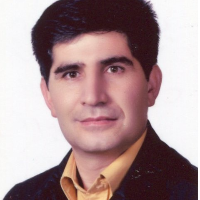Comparison of sensitivity of interpolation methods by rain gauge network density
Different interpolation methods, each with their own strengths and weaknesses, are used to temporal and spatial estimation of precipitation. The accuracy of this estimate depends on the density of point data measured at rain gauge stations. In this study, the effects of the rain gauge network density on the accuracy of different interpolation methods were investigated in producing a monthly precipitation zoning map for the Samian catchment in Ardabil, Iran. The effectiveness of Bayesian Kriging, Completely Regularized Spline, Local Polynomial, Inverse Distance Weight, Ordinary Kriging, Ordinary Co-Kriging, Simple Kriging, Simple Co-Kriging, Spline with Tension, Thin Plate Spline and Universal Kriging interpolation methods was evaluated in two gauges density scenarios using evaluation criteria over 2011-2013. It was found that Inverse distance weight and Bayesian kriging methods had the best performance for the first scenario with high gauge density (16 Stations) and the second scenario with low gauge density (11 Stations), respectively. Moreover, analysis of variations in indicators across scenarios revealed that reducing the rain gauge network density by 30% improved evaluation metrics in only 40% of cases. Bayesian Kriging and Completely Regularized Splines were introduced as the preferred methods for improving evaluation indices change, and Local polynomial and simple co-Kriging methods were selected as the superior methods for improving evaluation indices quantity.
-
Investigating meteorological and hydrological drought characteristics and their propagation relationship under the influence of human activities in Ardabil plain
Erfan Faraji Amogein, *, Mahsa Hasanpour Kashani
Journal of Water and Irrigation Management, -
Scheduling and optimal delivery of water in irrigation networks by combining the AquaCrop model and genetic algorithm
Parisa Kahkhamoghadam, Ali Naghi Ziaei *, Kamran Davary, , Sedigheh Sadeghi
Journal of Water and Soil Management and Modeling,



